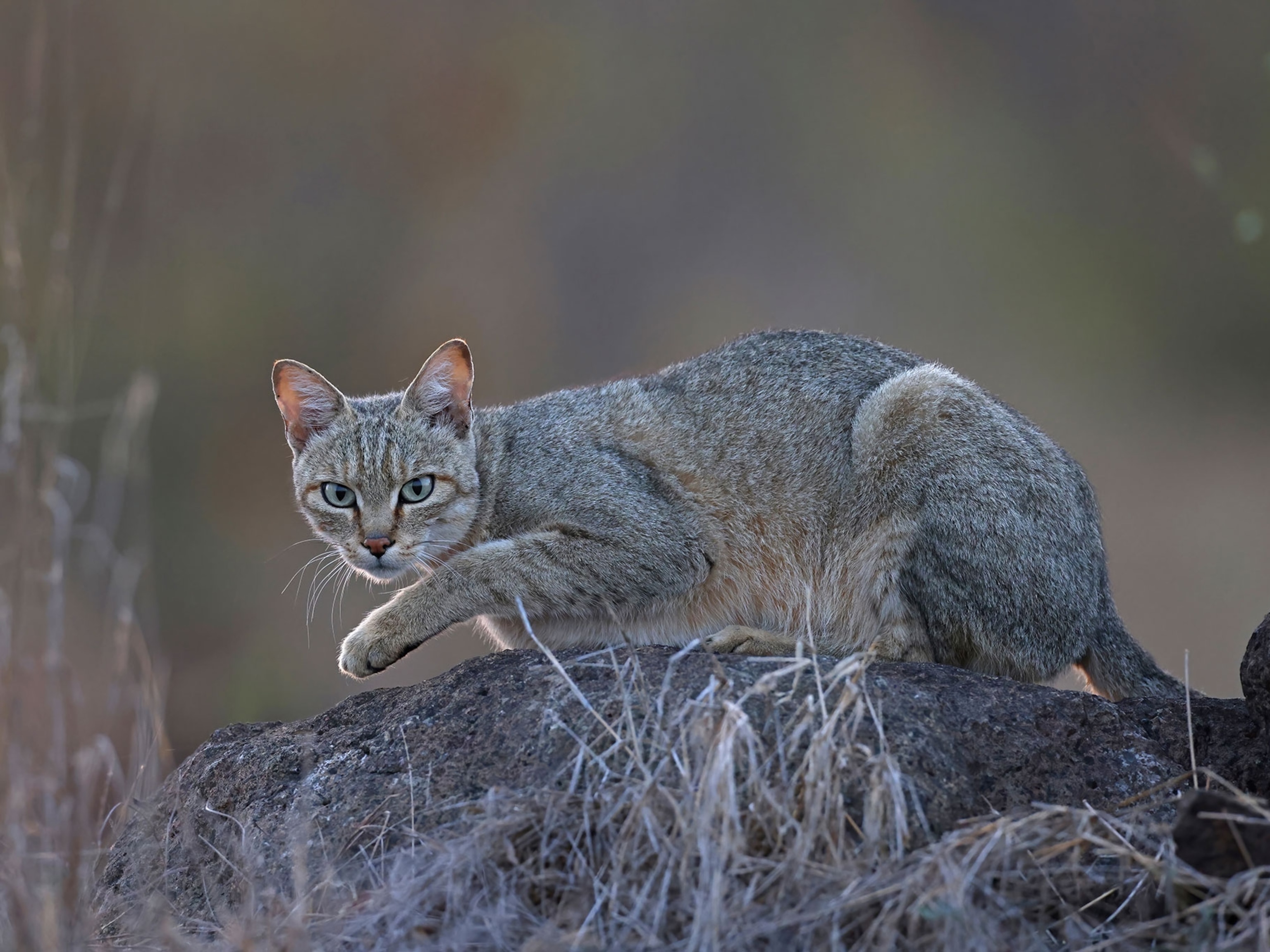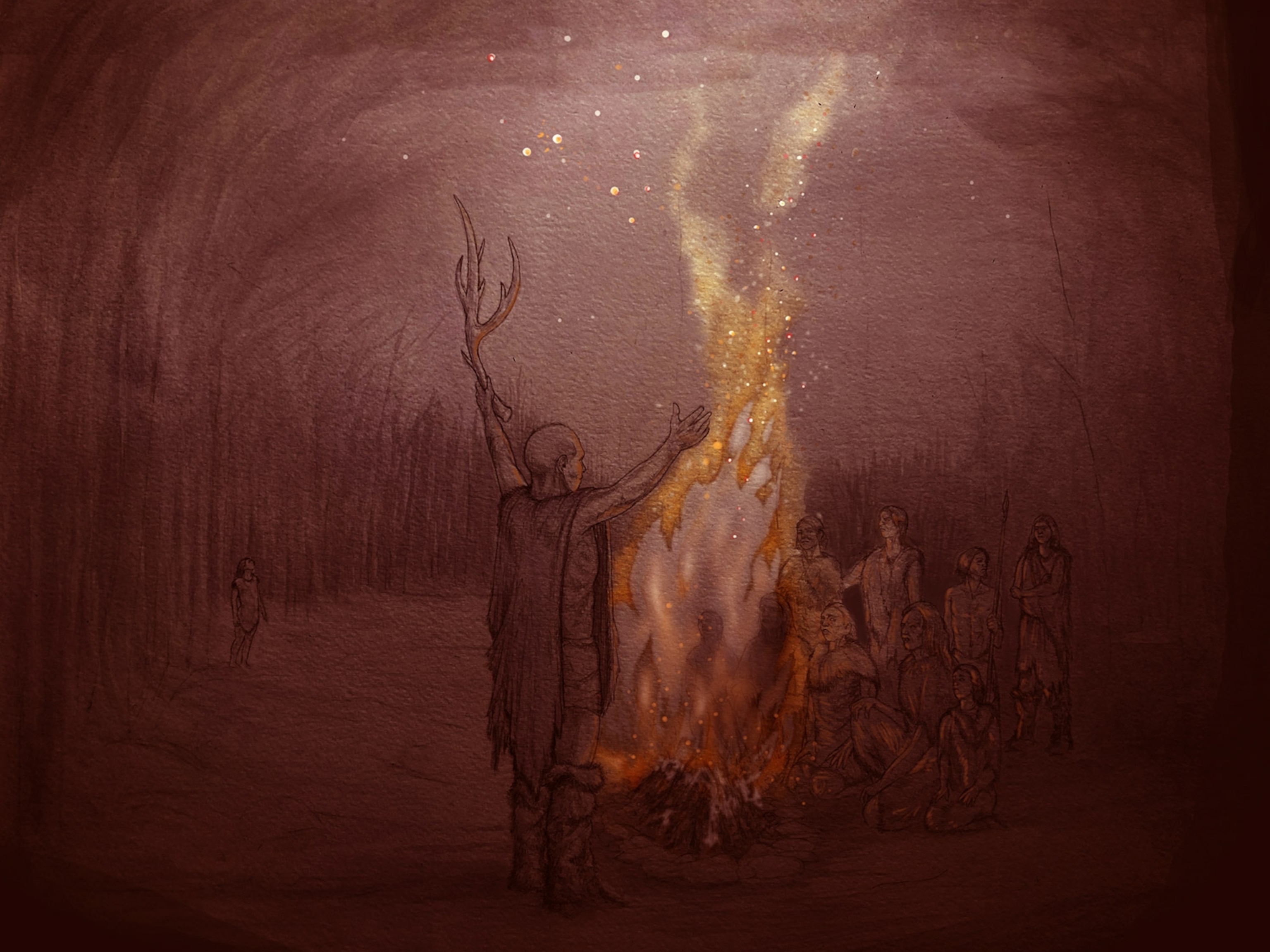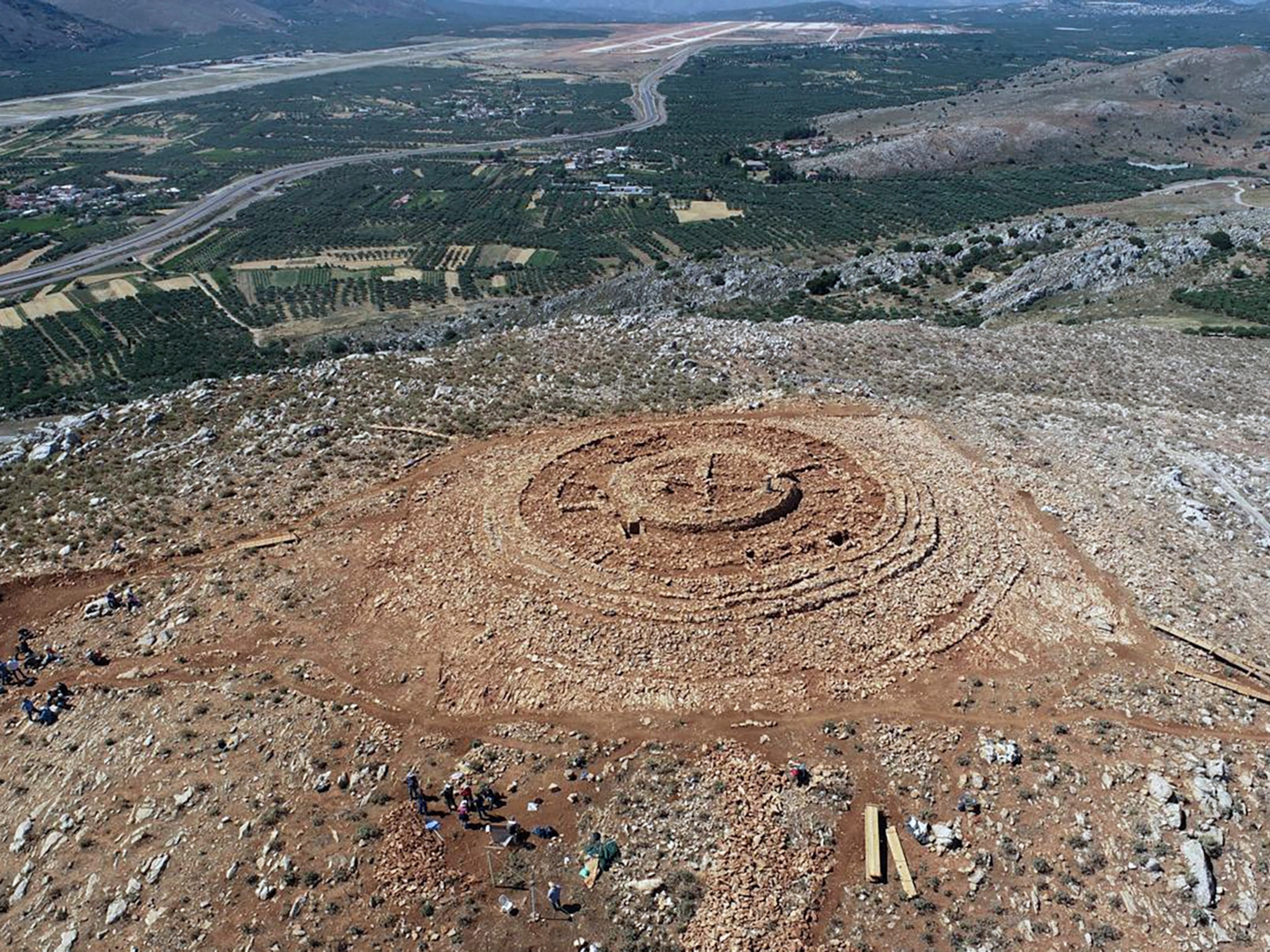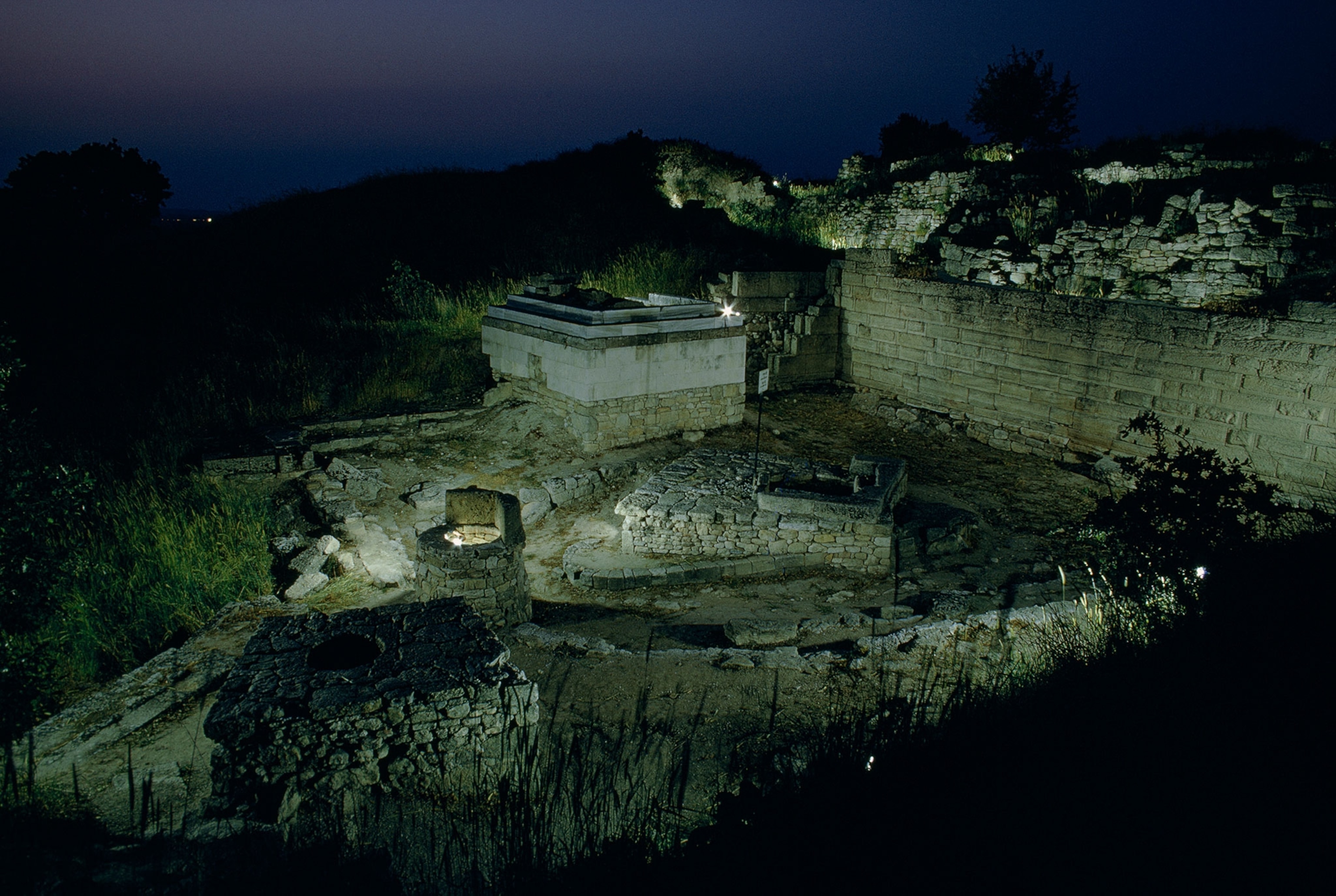
6 Great Archaeology Discoveries Funded by the U.S. Government
From Jamestown to Troy, the National Endowment for the Humanities has supported digs around the world.
Update, March 16, 2017: President Trump has proposed the elimination of the National Endowment for the Humanities in his 2018 federal budget plan. This is the first time that a U.S. president has called for the closure of the endowment.
We often think of publicly funded American achievements in science as enormous, government-sponsored projects that have enabled us to explore space, cure destructive diseases, and better understand the ecological systems of planet Earth.
However, the U.S. government also plays an important role in how we understand our human history through archaeological science. Since its founding in 1966, the National Endowment for the Humanities (NEH) has awarded more than 1,400 grants to archaeological projects worldwide, including some of the most important archaeological discoveries made by American researchers over the past decade. This work has been supported on modest budgets: The entire NEH budget in 2016 was $148 million, or about one three-thousandth of one percent of the federal budget.
Here are a few of the biggest discoveries in archaeology that have been brought to you in part by the U.S. Government:
Troy
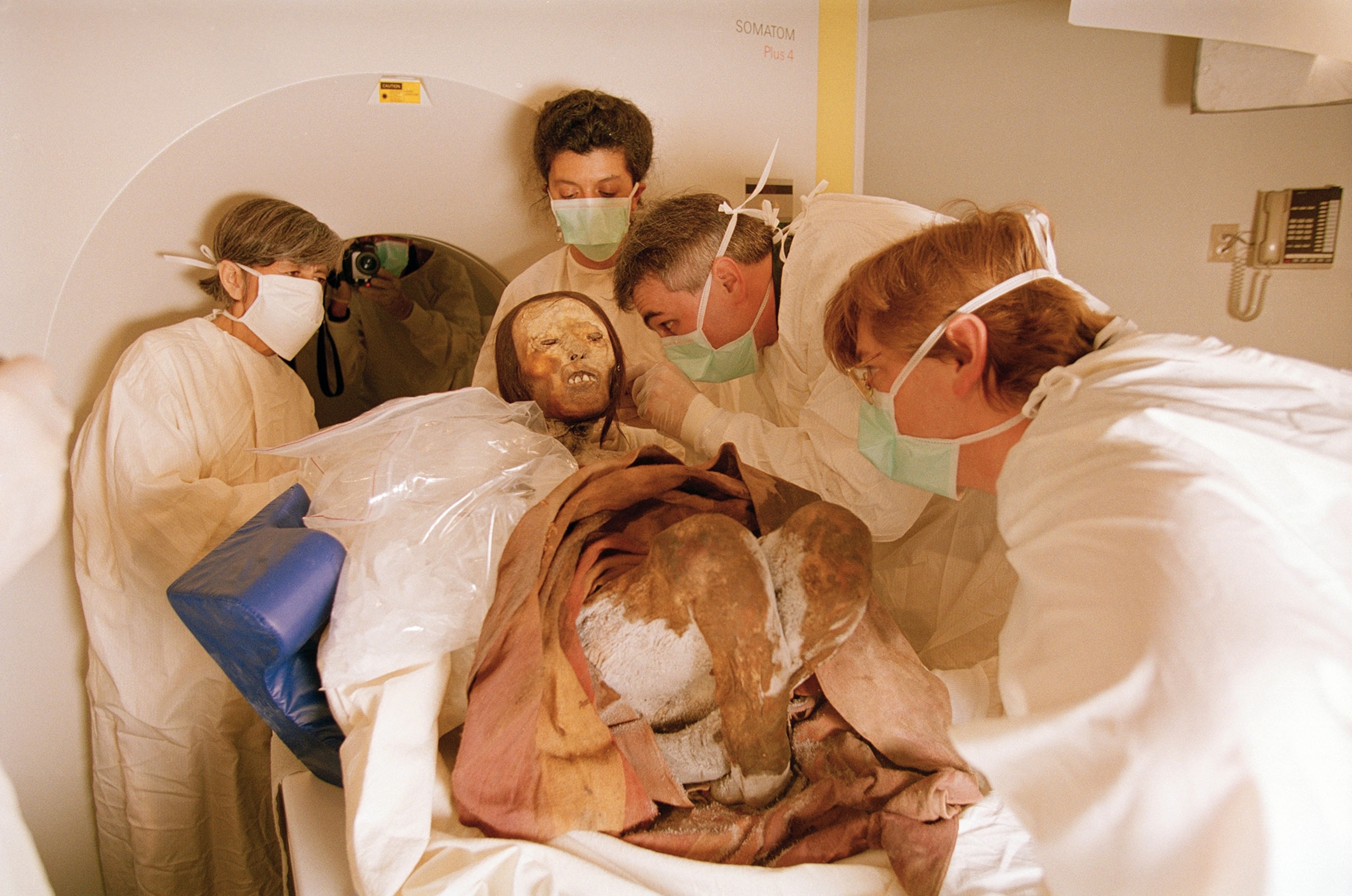
Troy is most famous as the site of the 10-year war that the Greek epic poet Homer recounts in the Iliad. But the ancient city of Troy is not just the stuff of song and legend: it’s also a fascinating archaeological site in Turkey. University of Cincinnati archaeologist Brian Rose’s work at Troy helped to distinguish a core of reality from the shrouds of mythology. His excavations in the 1990s helped establish a picture of an ancient city that was prosperous but vulnerable: Troy was constantly being destroyed and rebuilt over the centuries, and its towers and thick limestone walls suggested the constant threat of war.
The Ice Maiden
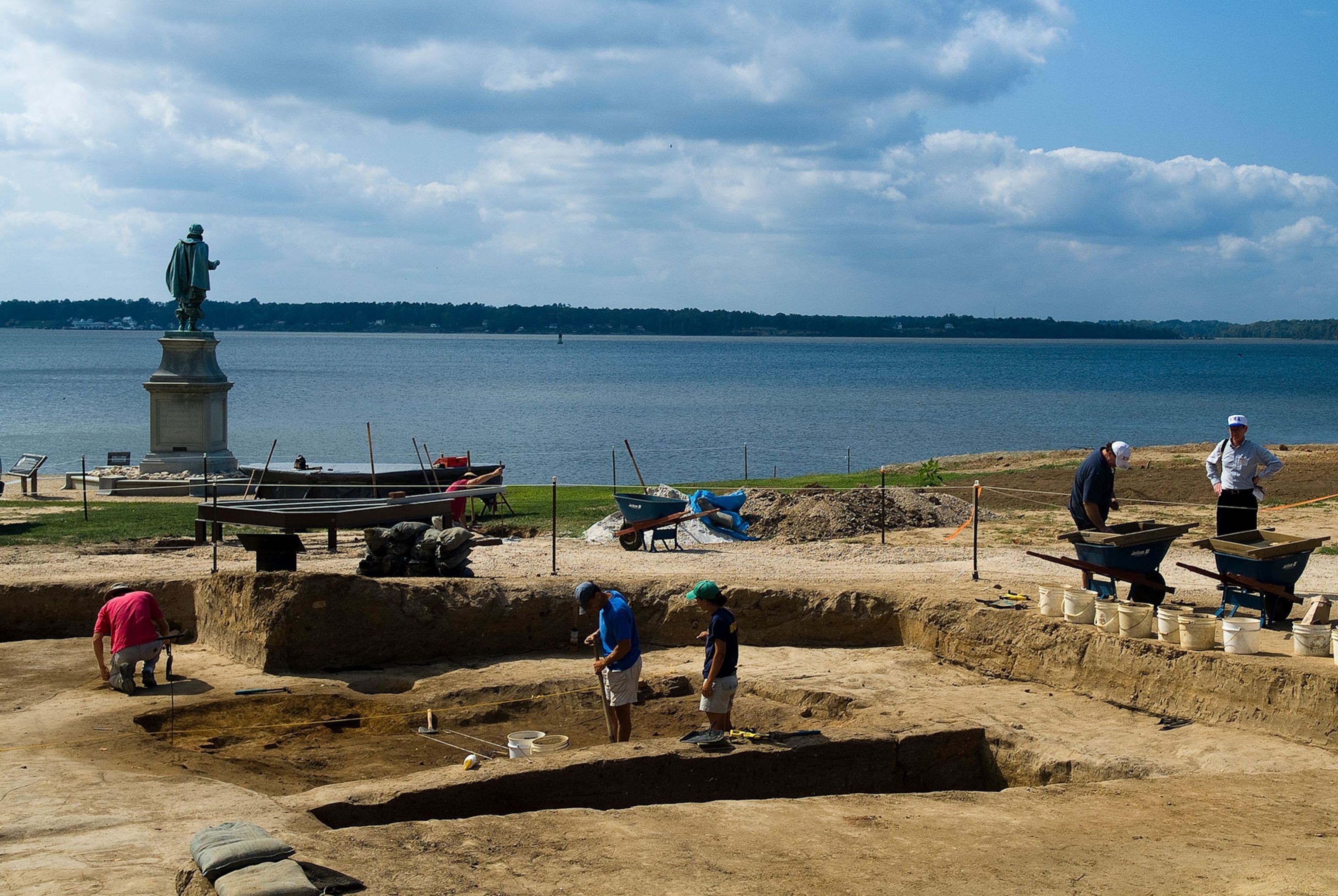
Discovered in 1995 by archaeologist (and National Geographic Explorer) Johan Reinhard, the so-called mummified “ice maiden” was an apparent female victim of human sacrifice whose body was preserved high on the 20,702-foot Mount Ampato in southern Peru. She was killed by a single blow to the head about 500 years ago, and her burial goods included macaw feathers and figurines of gold and silver.
Jamestown/Werowocomoco

The rediscovery of Jamestown, the first permanent English settlement in the New World, began in 1994. Archaeologists found tobacco pipes, post holes, European armor, ceramics, and evidence of trade with the nearby Powhatan Native Americans. They also learned that beyond the threats of disease and warfare, early settlers also experienced hunger so severe that in the winter of 1609 they resorted to cannibalism. Survey of the nearby site of Werowocomoco, the political center of the Powhatan chiefdom, also showed evidence of trade and revealed details about the lives of the Native Americans in this area before their first contact with Europeans.
El Zotz
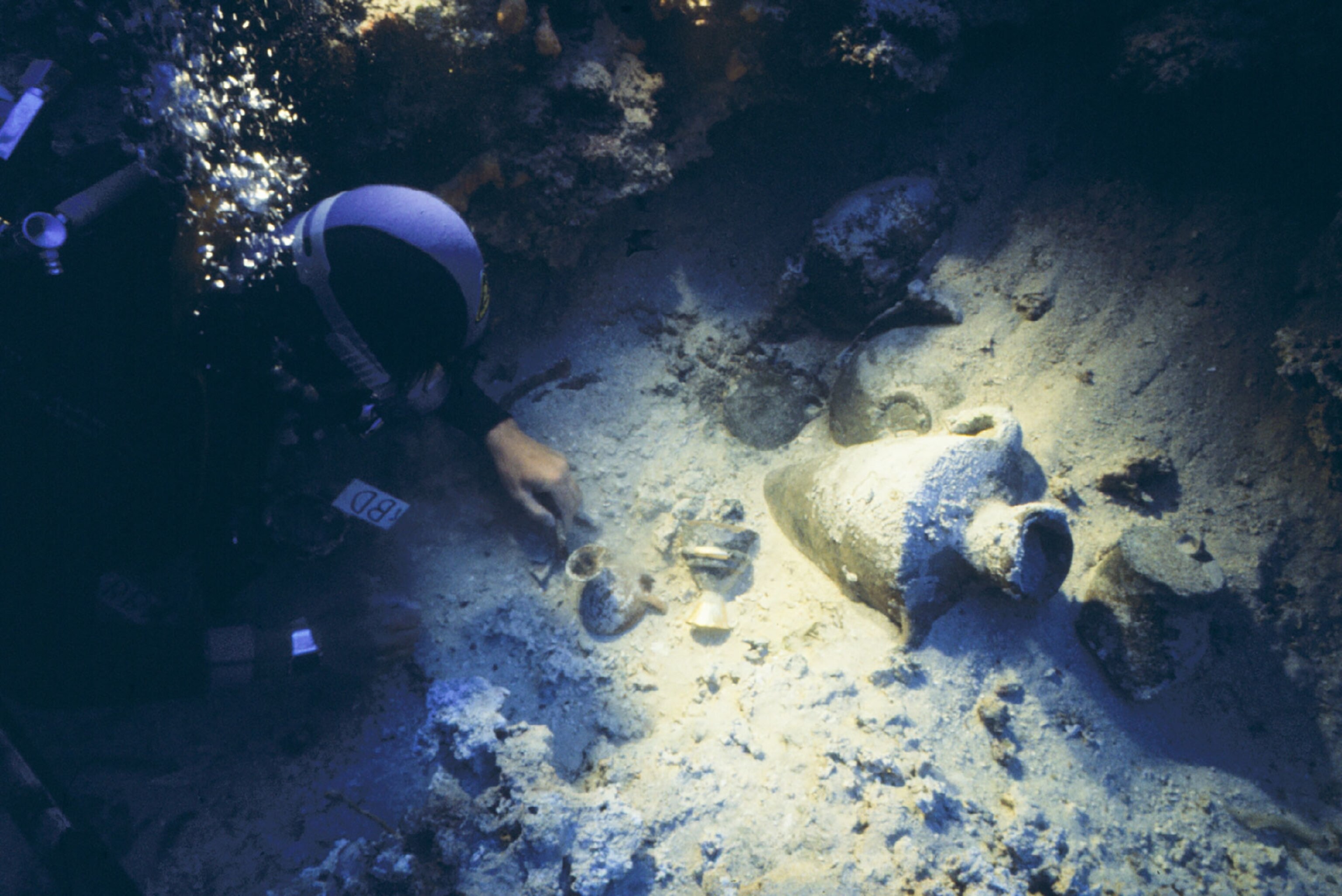
This 2011 discovery in El Zotz, Guatemala, revealed the remains of a Mayan king who was previously known only from hieroglyphic accounts. The archaeologist who made the discovery, Brown University’s Stephen Houston, believes that the tomb, which dates to 350 A.D., probably belonged to the founder of a dynasty. The chamber was elaborately decorated and contained painted stucco, conch shells, silver jewelry, and textiles.
Uluburun Shipwreck
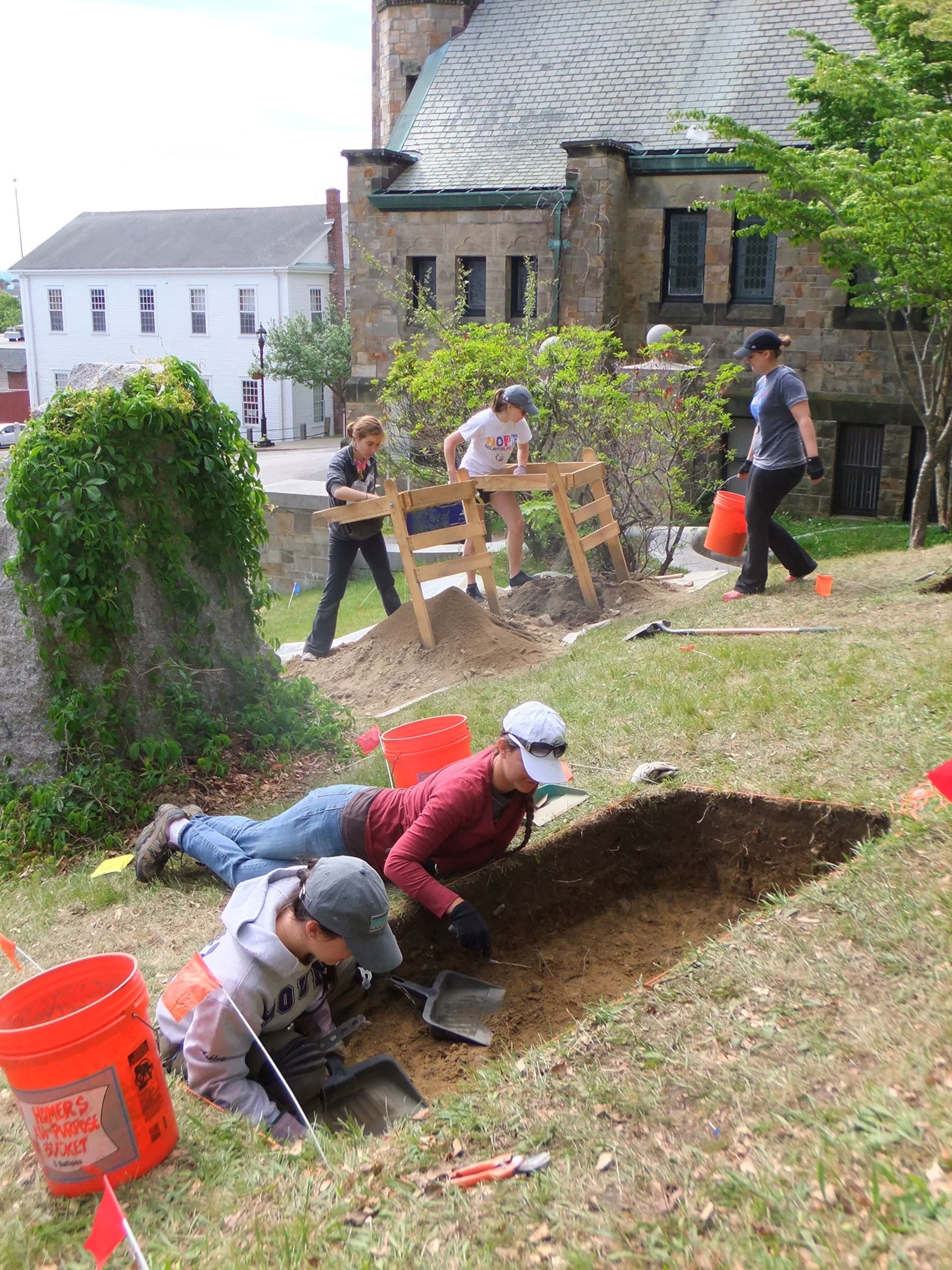
The Uluburun shipwreck dates to roughly 1300 B.C., which makes it one of the oldest shipwrecks ever excavated. Discovered in 1982 off the Turkish coast, the ship was carrying a wide variety of luxury goods: elephant ivory, ostrich egg shells, ebony, glass, gold, and incense. It remains one of the most important underwater archaeological discoveries in the world and helped to show the dense network of connections that crisscrossed the Mediterranean in the Bronze Age.
Plymouth
In 2016, archaeologists from the University of Massachusetts discovered 17th-century site that they believe was part of the original Plymouth settlement. Because the 102 original Pilgrims raised domesticated cattle, the discovery of the bones of a calf beneath a layer of artifacts from before 1650 was strong evidence that some part of the earliest “Plimouth Plantation” had been identified. They also found beads likely meant to be traded with nearby Native Americans.



